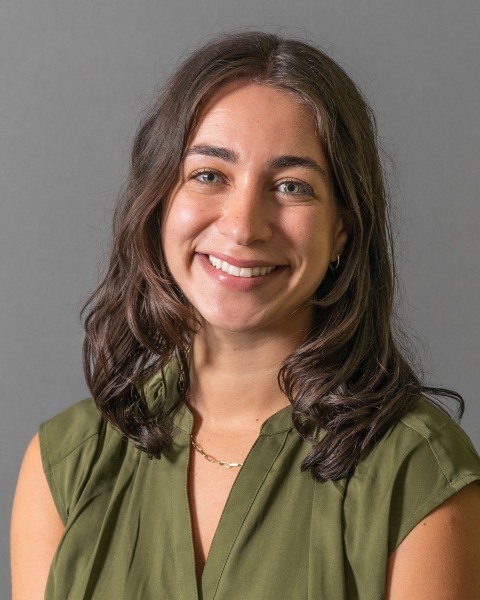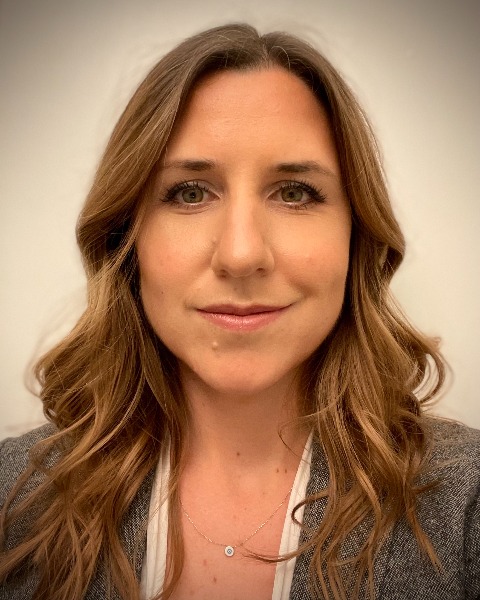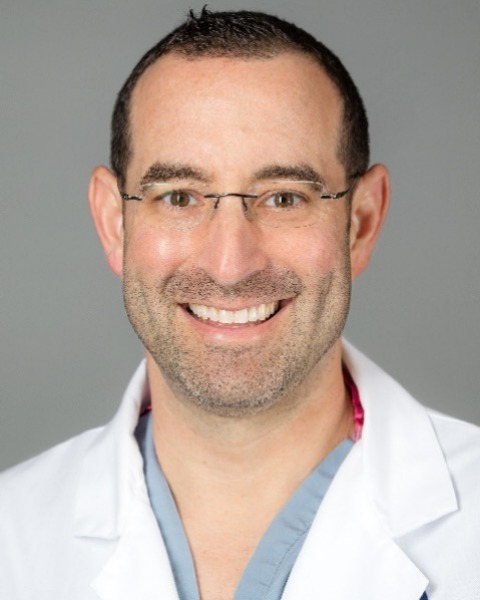Sarcoma
P58: Isolated Limb Infusion for Limb Threatening Sarcomas

Shaliz Aflatooni, BS (she/her/hers)
Medical Student
University of South Florida Morsani College of Medicine, University of South Florida, Tampa, FL
Tampa, Florida, United States
Shaliz Aflatooni, BS (she/her/hers)
Medical Student
University of South Florida Morsani College of Medicine, University of South Florida, Tampa, FL
Tampa, Florida, United States
Shaliz Aflatooni, BS (she/her/hers)
Medical Student
University of South Florida Morsani College of Medicine, University of South Florida, Tampa, FL
Tampa, Florida, United States- MD
Michelle M. Dugan, MD
Research Fellow
Cutaneous Oncology Department, Moffitt Cancer Center, Tampa, FL, United States .jpg)
Aleena Boby, B.A. (she/her/hers)
Medical Student
University of South Florida Morsani College of Medicine, University of South Florida, Tampa, FL
Tampa, Florida, United States.jpeg.jpg)
Helana Ghali, BS
Medical Student
University of South Florida Morsani College of Medicine, University of South Florida, Tampa, FL, United States
Danielle K. DePalo, MD (she/her/hers)
Resident
Department of General Surgery, University of Massachusetts Chan Medical School, Boston, MA, United States- SN
Syeda Mahrukh Hussnain Naqvi, MD,MPH
Biostatistician
Department of Biostatistics and Bioinformatics, Moffitt Cancer Center, Tampa FL, United States 
Jonathan S. Zager, MD
Cutaneous Surgeon
H. Lee Moffitt Cancer Center and Research Institute
Tampa, Florida, United States
Oral Poster Presenter(s)
Submitter(s)
Author(s)
Isolated limb infusion (ILI) effectively treats advanced, unresectable malignancies of the extremity by delivering high-dose regional chemotherapy. This study examined response rates, progression, and survival outcomes after ILI for limb threatening sarcomas.
Methods:
A retrospective review was performed, including adult patients with an extremity sarcoma who underwent ILI from 2008 to 2023.
Results:
Sixty-one patients were identified, comprised of 52.5% female, with a median age of 73 (20-94) years, and 68.9% lower extremity disease. Overall response rate (ORR) was 48.3%. Disease control rate (DCR) was 65%. Median follow-up time from ILI was 6.9 years.
Overall progression-free survival (OPFS) at 1/3/5 years was 25%/12%/12%. Median OPFS for complete response (CR), partial response (PR), stable disease (SD), and progressive disease (PD) was 1.4, 0.8, 0.4, and 0.2 years, respectively (p< 0.0001). Patients with SD+PD had a significantly higher risk of any progression compared to CR+PR (HR 6.3 (95% CI 3.1-12.9), p< 0.001).
In-field PFS (IFPFS) at 1/3/5 years was 30%/19%/19%. Median IFPFS for CR, PR, SD, and PD was 1.4, 1, 0.4, and 0.2 years, respectively (p< 0.001). Patients with SD+PD had a significantly higher risk of in-field progression compared to CR+PR (HR 5.9 (95% CI 2.9-12.0), p< 0.001).
Out-of-field PFS (OFPFS) at 1/3/5 years was 78%/66%/58%. Median OFPFS for CR, PR, SD, and PD was not reached, not reached, 3.7, and 3.4 years, respectively (p=0.02). Patients with SD+PD had a significantly higher risk of out-of-field progression compared to CR+PR (HR 2.7 (1.1-6.8), p=0.04).
Overall survival (OS) at 1/3/5 years was 85%/67%/56%. Median OS for patients with CR+PR was 8.6 years, and for SD+PD was 4.1 years (p=0.02). Disease-specific survival (DSS) at 1/3/5 years was 87%/71%/64%. Median DSS for CR+PR was not reached, and for SD+PD was 4.1 years (p=0.003).
Limb salvage rate at 6-months/1/3/5 years was 85%/80%/70%/70%. Patients with PD had a higher risk of requiring an amputation compared to CR+PR+SD (HR 3.0, 95% CI (1.0-8.7), p=0.04).
Conclusions:
The 5-year limb salvage rates after ILI for extremity-threatening sarcomas are notably high, reaching 70%. Patients with CR or PR after ILI for limb threatening sarcomas had significantly improved in-field and out-of-field PFS, OS and DSS. This data allows physicians to provide patients with informed expectations of outcomes after ILI for unresectable sarcoma.
Learning Objectives:
- Upon completion, participant will be able to identify survival outcomes after an isolated limb infusion for patients with limb threatening sarcomas.
- Upon completion, participant will be able to understand limb salvage rates after an isolated limb infusion.
- Upon completion, participant will be able to compare how disease progression differs based on response to isolated limb infusion.
